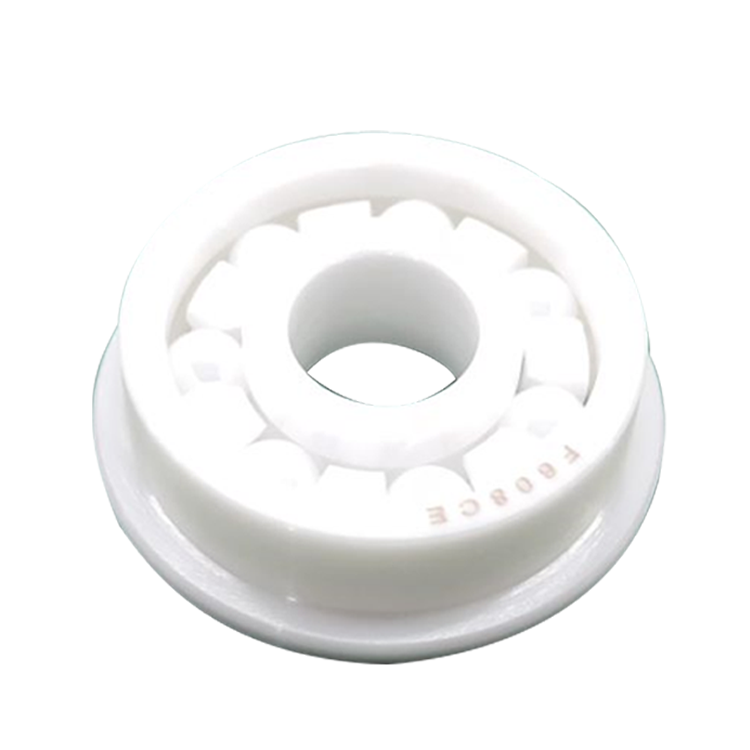Welcome to Tarso, professional special bearing manufacturer
High-performance ceramic structural components are diff […]
High-performance ceramic structural components are difficult to make using conventional techniques. These components can help realizing industries that can have high productivity and lower energy consumption. But what are the advantages of these components? What can we do to increase their life span? Read on to learn more about these products. Listed below are some of the benefits of ceramic structural components. Also, you can learn more about their machining and repair capabilities. The benefits of ceramic structural components are numerous.
Ceramics are naturally occurring materials. They have a unique combination of properties that make them unique. This material is also known to have a highly stable chemical composition. For example, it is resistant to water, oxygen, acids, bases, salts, and organic solvents. Ceramics also have lower thermal conductivity than metals. Furthermore, they can take on a decorative finish. As a result, ceramics are used in a variety of different fields.
In a similar fashion to the metals, ceramics are hard. They can bend and break easily but they don't bend as easily as metals do. In contrast, metals can bend and flex while ceramics are hard and brittle. Moreover, metals have regular lattices where the atoms are packed tightly together. And in both cases, they have no elasticity.
Some ceramics are considered to be artificial. But in reality, they are a part of nature and are used in a variety of technologies. For example, ceramics are used in piezoelectric transducers that produce ultrasonic waves. Glass-eye and porcelain dentures are another example. And, there are silicon nitride bone implants that promote natural bone growth. All these applications are just a few examples of the uses of ceramics in our daily lives.
The main properties of ceramics are their chemical properties. Most are poor conductors of electricity, but they make excellent insulators. This nonconductivity is caused by the lack of "free" electrons. The bonding electrons of electronegative elements accept the electrons of the electropositive ones, while those in the positive orbital share their electrons. This means that all electrons are tightly packed with the ions in the structure. Because of the non-directional nature of these bonding processes, ceramics are good for electrical insulation.
The process used to manufacture ceramics differs from the one used to create other materials. Some materials are made by mixing clay with earthen elements or powders and then shaping them into the desired shapes. These ceramics are then fired in high-temperature ovens and are often covered in glazes. Some forms are functional and some are not. If you are considering ceramic structural components, consider this information. You will be glad you did.
Ceramic materials are extremely strong and can withstand extremely high temperatures. Because of their high temperature and low density, they are often used in building structures and in many applications. A ceramic structure made of these materials is a great choice for heating elements. These materials are also good insulators and can withstand extreme temperatures. The advantages of ceramic structural components can be numerous. There are many uses for them in construction, including aerospace and automotive components.
